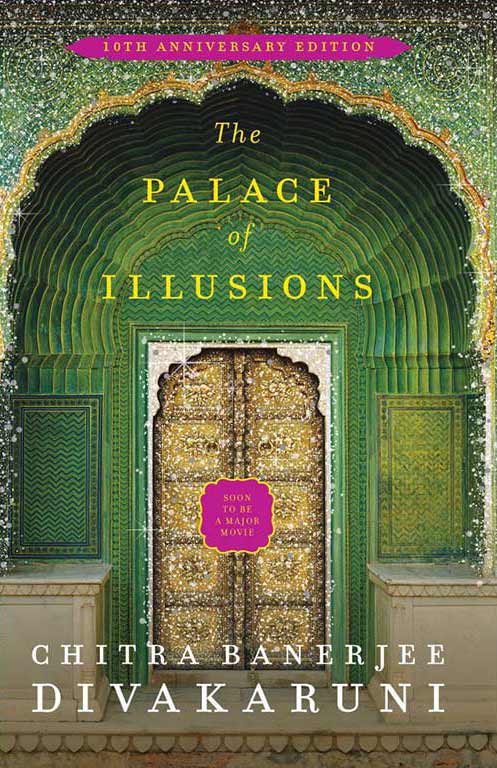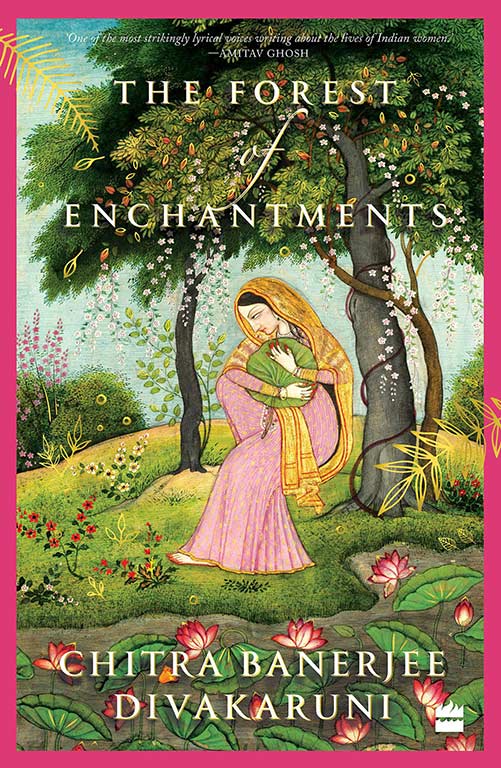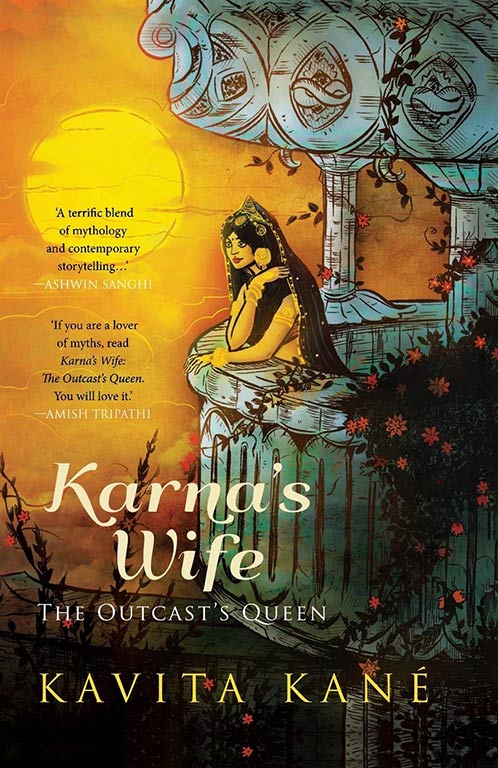The Shifting Sands of a Story
Mythological retellings unlock hidden doors in the most unusual ways. Chitra Banerjee Divakaruni and Kavita Kané have both written retellings that unlock newer doors in the ancient houses of religion and culture, presenting another key to the numerous past retellings of epics.
Godhashri Srinivasan
‘Lydia is dead. But they don’t know this yet. 1977, May 3, six thirty in the morning, no one knows anything but this innocuous fact: Lydia is late for breakfast,’ begins Celeste Ng’s Everything I Never Told You.
Stories are scaled, mercurial creatures, sparkling and changing colours when seen through a different timeline or point-of-view. Told through shifting layers of kaleidoscopic prisms, of settings, POVs or time, a love story becomes tragic, a hero warps into a villain and somewhere, a hidden door unlocks. Mythological retellings unlock hidden doors in the most unexpected spaces, like your living room, for instance. In doing so, these retellings restructure the skeleton of your home, and by extension, the feeling of living in it.
Chitra Banerjee Divakaruni and Kavita Kané have both written retellings that unlock newer doors in the ancient houses of religion and culture, presenting another key to the numerous past retellings of epics. Divakaruni’s The Palace of Illusions and The Forest of Enchantments retell Mahabharat and Ramayana through the perspectives of Draupadi and Sita. These are predominantly stories of war and kingship, which focus on the men who fight them and rule kingdoms. The women, despite their considerably lesser participation, become idolised – Sita becomes the embodiment of womanly perfection, while Draupadi, the infamous version.

These women gain importance only in relation to men, isolating them from other women. ‘In the best friendships I have had with women, there is a closeness that is unique, a sympathy that comes from somewhere deep and primal in our bodies and does not need explanation, perhaps because of the life-changing experiences we share – menstruation, childbirth, menopause’, writes Divakaruni in Book Browse. Her works revitalise these women friendships in epics, by exploring the relationship between Mandodari, Ravana’s wife, and Sita among many others.

Kavita Kané’s Karna’s Wife: The Outcast’s Queen shifts the story’s prisms from plot to character, fleshing out the personal life of Mahabharat’s tragic hero Karna. It also undertakes a second shifting, when Kané introduces a fictitious character – Uruvi, Karna’s wife. Uruvi is an independent woman who tries to manoeuvre Karna’s misplaced loyalty and his role in Draupadi’s disrobing, while at the same time acting as a vehicle to understanding Karna’s inner thoughts. Uruvi’s perspective shows Karna’s multi-faceted psyche – as a husband, a father and a friend. ‘It was more intriguing seeing Karna through his wife’s eyes than his own righteous ones’, said Kané to Slice of Real Life.

Since the retelling itself is based on an existing story, the book has a larger scope for character exploration, allowing the old epic to become newer – through deeper characters. Through the years, different versions of the epics have retold the story in the contexts of different time periods. In this era, Divakaruni and Kané present modern avatars of epics that acknowledge the changed norms of the present-day society. They focus on the individuality of women, the original versions of epic heroines, who are braver and more opinionated than those of pop culture. Such a refashioning sheds the constructs of the ‘ideal woman’, and recognises a spectrum of strengths in strong women, and all with a shift in POV.
Share